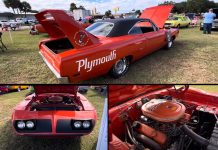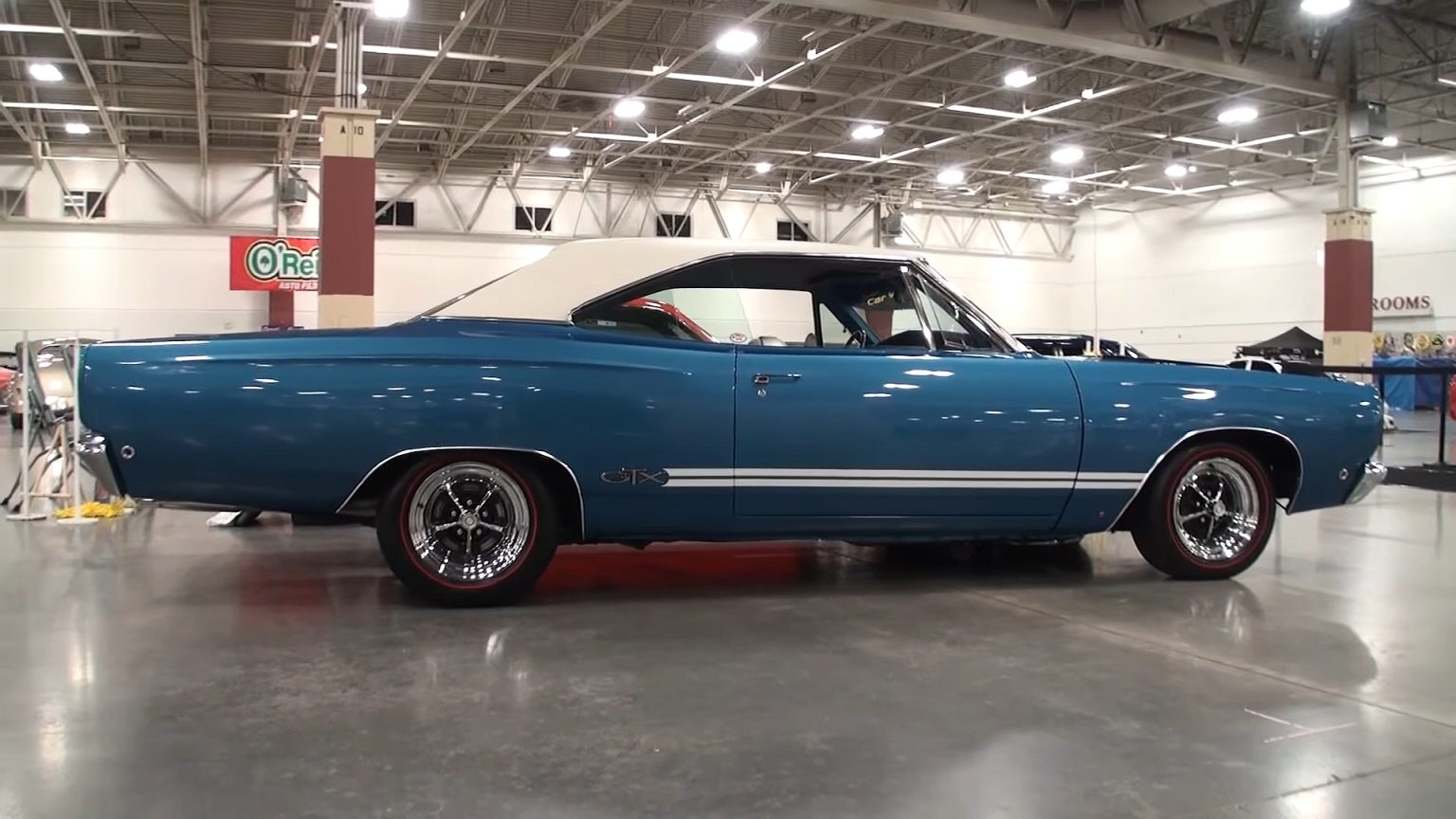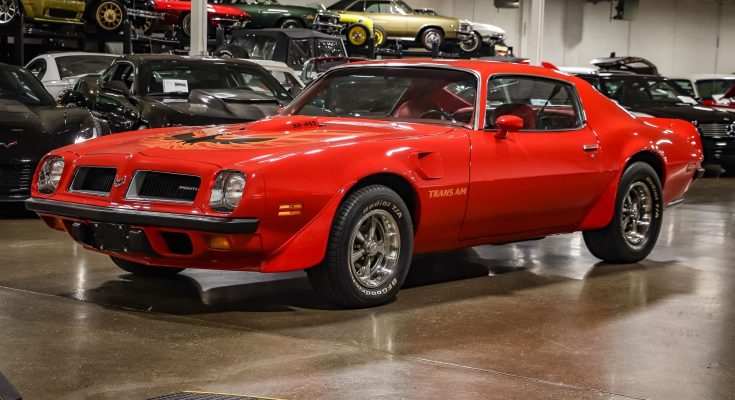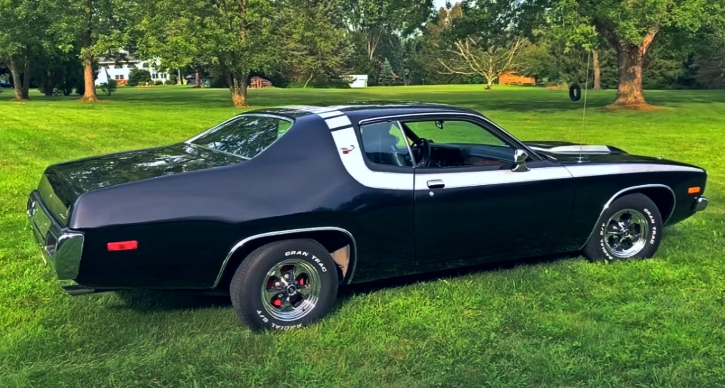In particular, the GTX comes standard with a 440 cubic inch (7.2 liter) RB V8 engine. The four-barrel engine produced 375 horsepower, more than a Ford Mustang Cobra Jet could produce at the time. However, Plymouth also packs an incredible 426 cubic inch (7.0 liter) HEMI V8 in the GTX. With 425 horsepower, it had very little competition at the time.
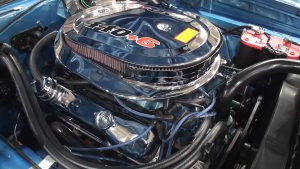
The nameplate maintained this scope until 1971, when it was phased out. At the same time, Chrysler retired the formidable 426 HEMI. For the 1970 model, Plymouth added a second 440 V8 engine. Yes, I am referring to the six-barrel version that appeared in a series of Mopars in mid-1969.
It produced 390 horsepower, which was 15 more than the four-barrel 440. But it wasn’t simply the increased carbohydrates. A novel intake arrangement, beefier connecting rods, and valve springs lifted from the HEMI engine were also included in the package

The 440-6 has not been well received since its launch at a time when high-performance cars were extremely expensive to insure. Only 678 of the 7,141 GTX units sold in the United States in 1970 were equipped with a six-barrel engine. Yes, it is not as popular as the HEMI variant, produced in 71 cases, but it is still less than 10% of total production. In 1971, total GTX production dropped to 2,942 vehicles, with only 135 units receiving the V8 440-6.
By 2023, these figures are actually lower since many GTXs have been destroyed and abandoned in junkyards, so it’s not surprise that values continue to rise into the six-figure range. So what happens if you can’t buy a 440-6 GTX? You could always rebuild a 440 with a six-barrel mill under the hood. One of those automobiles is this 1968 GTX.

But wait, didn’t the 440-6 V8 debut in 1969? True, but it didn’t stop Kevin Plummer from incorporating a similar arrangement into an earlier Mopar. That 440-6 also appears to be an aftermarket effort rather than an all-original powerplant borrowed from another Plymouth. But it sounds just like the genuine thing, and when the pedal hits the floor, it’s just as savage as the 426 HEMI. You don’t have to take my word for it, though. To hear for yourself, click the play button below.
Video:



